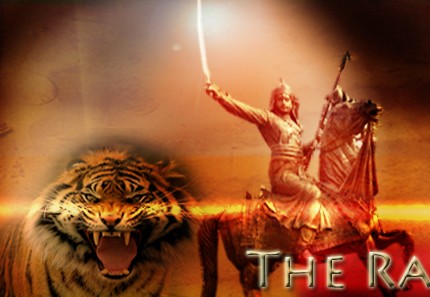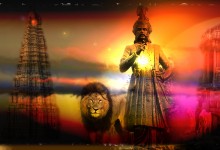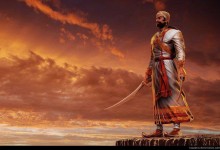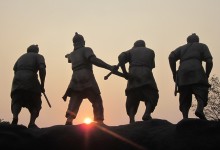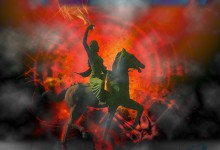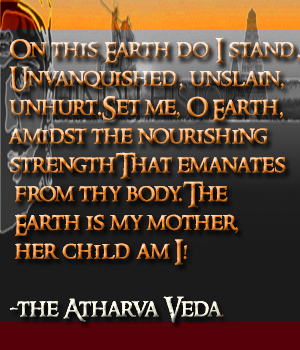Posts Tagged ‘spotlight’

This Is Spardha: Ancient Monastic Wrestling and the Rise of Indian MMA
When an Indian Kushti wrestler rolls in the earth, his hair and body become covered in the burnt-umber hue of soft clay. It’s said that he becomes “of one color.” This is meant literally of course — his black hair i...
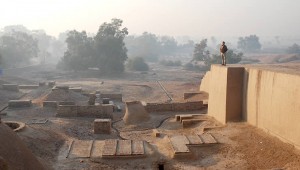
Indus Valley 2,000 years older than thought
The beginning of India’s history has been pushed back by more than 2,000 years, making it older than that of Egypt and Babylon. Latest research has put the date of the origin of the Indus Valley Civilisation at 6,000 y...
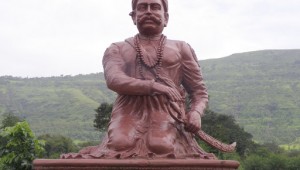
Mahadji Sindhia: Life and Times of a Dharmic Warrior
Amidst the fading light the bursts of gunfire and piles of the dead and dying a young man lay dying. Or at least he thought he was dying amidst the wreck of humanity with nearly sixty thousand warriors slain around him. The fie...
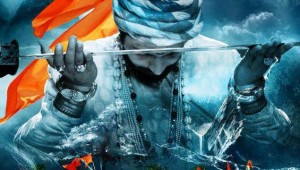
The Myth of “1000 Years of Hindu Slavery”
One thousand years of slavery. Millennia of defeat and domination caused by a dogmatic adherence to the doctrine of ahimsa, preventing an effective resistance to foreign domination. This is what most Hindus are brought up to be...

